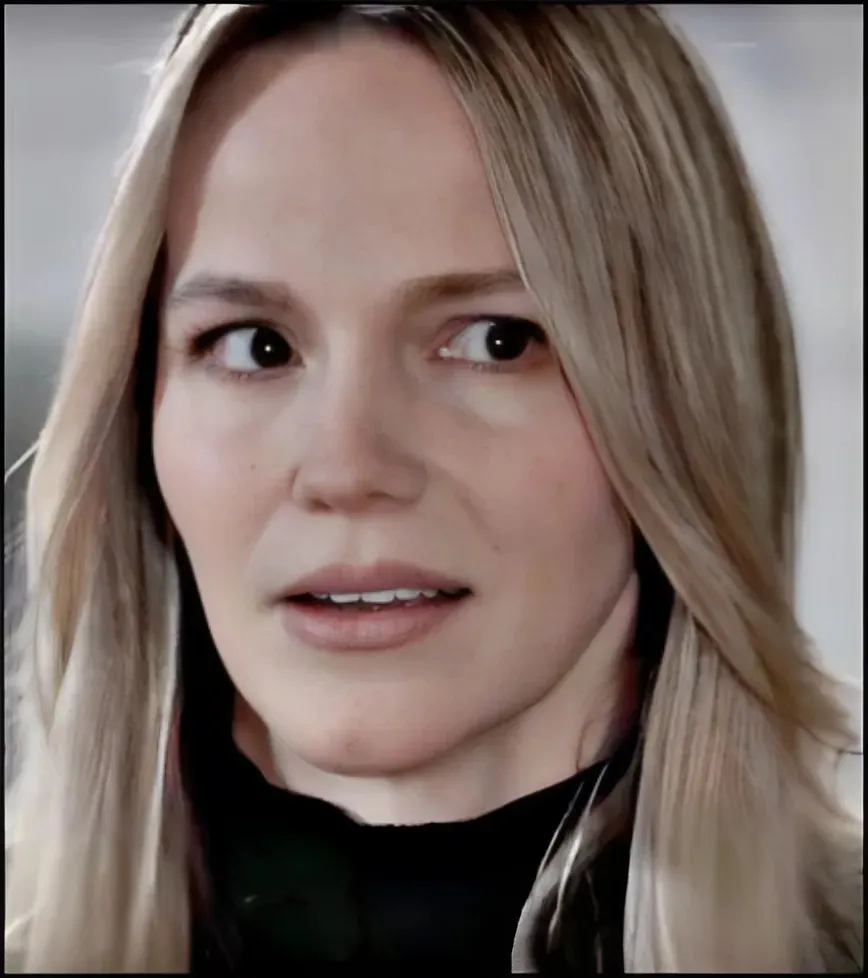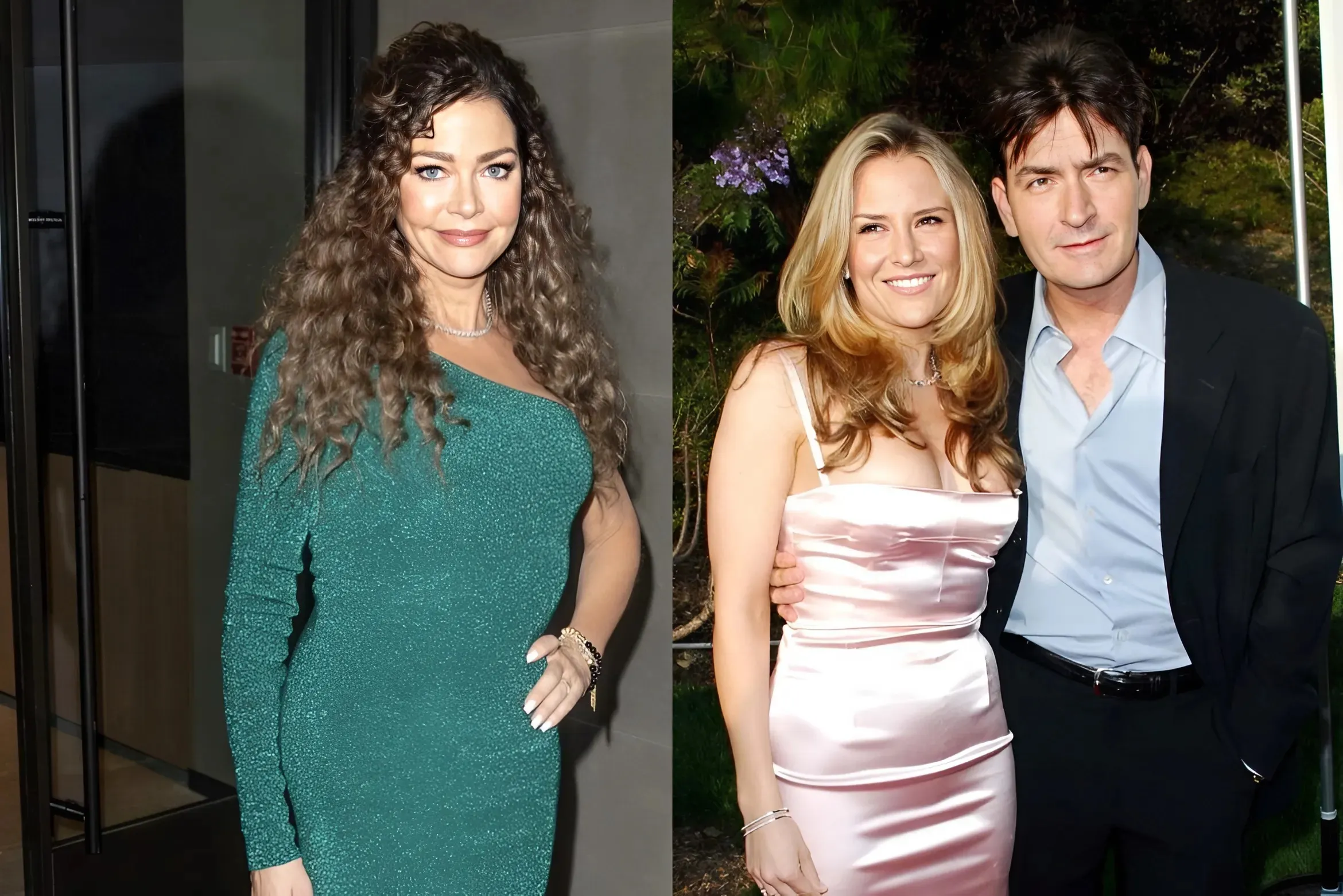
The “clickers” in the “The Last of Us” are zombies whose fungus has grown so infected, it has both blinded them and made their hearing hyper-sensitive. In the video game on which the hit HBO television series is based, players use stealth to evade them and respond to the sound of the monsters’ clicks in order to survive.
For Deaf players, developer Naughty Dog’s game is top of the line in terms of accessibility, implementing subtle visual cues to make players aware of looming danger, putting those players on equal footing with hearing players. It’s only fitting then that the series adaptation of “The Last of Us” be as inclusive for Deaf viewers as the game is.
HBO is set to launch an ASL version of both the first season of its hit series “The Last of Us” and the upcoming second season, IndieWire can reveal exclusively. Daniel Durant, one of the stars of the Oscar-winning “CODA,” is the ASL performer for the first season of the show, acting through the entire season in American Sign Language to open up a new level of appreciation and comprehension of the series for the Deaf audience.
The series will be available as a standalone title on Max, and it drops on March 31 ahead of the premiere of Season 2 on April 13. The ASL version of Season 2 will air day-and-date when it becomes available for everyone else, but no interpreter has been set just yet for Season 2.

“We always rely on captions, but they’re always in English grammar structure, and having the concept of adding a Deaf interpreter there just makes it a clearer message,” Durant told IndieWire via an interpreter. “It gives us expanded ideas and meanings, and then we as Deaf people get to understand the meanings behind it, using our own language and seeing it on the screen. It makes it even more accessible to us and so much more special.”
When viewers see Durant on screen, he will be superimposed in the corner of the frame itself, not isolated in a picture-in-picture box, and wearing a neutral black t-shirt throughout as to minimize any distraction from the show itself. His performance has also been edited in such a way that his appearance on camera is seamless and doesn’t see his torso jumping around in the frame. Durant crosses his hands into a resting position when he’s not signing in order to maintain continuity between takes, and the crew even had multiple identical black shirts on hand to keep everything consistent.
These presentation techniques have been refined over the last year, thanks to Max recently offering an ASL version of “Barbie,” in which Deaf actress Leila Hanaumi performed the entirety of Greta Gerwig’s film. Max has also created ASL versions of “Beetlejuice Beetlejuice” and “Godzilla x Kong: The New Empire.” “The Last of Us” is the first time Max is doing it for HBO’s original content.
This time, Hanaumi is behind the camera, directing Durant’s performance and determining the best signs to communicate the intricacies and nuances of the post-apocalyptic story. She helped define what an ASL version of a show would look like on Max, but she’s impressed at how Durant took things to the next level.
“The translation from one line to another is already a huge hurdle on your brain, but [he’s] also copying their body language and catching the mirroring of each character,” Hanaumi said. “Sometimes the character will switch angles, and he has to portray all of those angles while translating the line and foreshadowing what the next line could be. Gosh, it is a lot of mental work.”
IndieWire got an exclusive behind-the-scenes look at their process. In Season 1, Episode 7, “Left Behind,” in which Ellie (Bella Ramsey) ventures to an abandoned mall with her friend Riley (Storm Reid), Durant interprets a poignant scene in which Ellie, for the first time, sees the lights of the mall completely illuminated before her eyes. You hear the sound of the power generators rumbling to life, followed by Ellie running up and down the “electric stairs” she’s never seen before.
Durant is able to communicate it all, from making bursting gestures to capture the sounds of the generators around her, swaying his hand to the tempo of the music, finding different signs for “electric stairs” versus the appropriate “escalator,” and even angling his body from side to side in order to “role shift” his performance and convey both characters’ dialogue at once. In action scenes, he expands his arms and broadens his gestures to help convey, in his own language, the added suspense of the moment, and going smaller as the danger subsides.
It’s a more meticulous shooting process than you might imagine. Durant is positioned in front of a green screen and has to stay on his mark, all while a team in a separate room gets a real-time feed ensuring he remains visible where he’s supposed to. Durant watches a mirrored view of the show to be able to match his role shifting to the direction characters are speaking on screen. Hanaumi, with the help of hearing interpreter Ashley Change, works through each minor detail, whether it’s background noise pertinent to the plot, inflections in a character’s voice, or simply the best sign to convey a particular word.
At one point, Hanaumi coaches Durant to make the sign for “escalator” be his hand moving downwards in one direction rather than going up and down in a way that would’ve been too similar for the sign for “stairs.” In another, she encourages him to mimic the gesture Riley makes on screen when she tells Ellie “chop chop.” And after a take, Hanaumi gives Durant a note that he “didn’t look as confident as he could’ve been” with his role shifting. Durant can, at times, string together 8-10 minute long takes, acting out everything in a particular scene, so precision is key.
They’ve even had to create signs, though they do so sparingly; anything more than that would defeat the purpose of making it easier for a Deaf audience to understand. One exception is the word “Infected.” There’s a real ASL sign for it, or they could’ve gone with the one for “zombie,” but in the context of “The Last of Us,” Hanaumi and Durant opted for a “claw-3” symbol placed just above Durant’s eye. The claw shape with three fingers is the sign for “fungus,” and “claw-2” above your eye is the sign for “blind,” so Durant’s performance specifically emulates the clicking nature of these blind, fungus monsters with one gesture.
All this helps even Durant better understand the show. In the early sequences that are rife with technical scientific jargon, Hanaumi researched how the Deaf scientific community has conveyed such concepts in a way that is easier to understand, and in the process, these signs are becoming better known in the culture.

“It’s just amazing this kind of access is capable now, because it aligns with deaf people in different work environments and fields. We have more Deaf scientists now, and they are coming up with new ASL signs for scientific terms,” Hanaumi said. “We were able to use those signs that they as Deaf people, scientific Deaf people, have developed, so it was very cool to have this process and the progress of more ASL accessibility. It’s not just about the enjoyment, it’s very motivated by the fields as well.”
Fans will also know that the first season of “The Last of Us” features a Deaf child star, Keivonn Woodard, and his character’s interactions with Ellie. Woodard’s performance will remain intact, and Durant only interprets Ellie’s lines as spoken in English. But that too is a moment that is enhanced because of the ASL interpretation.
“The moment was profound, because the moment before Sam becomes infected, he asks Ellie, ‘Is it still you if you become a monster? Are you still inside of yourself?’ We do get the answer to that question, and Ellie wakes up and says hey, and Sam does not respond to that. He’s still Deaf. So technically, it was still him inside of him,” Hanaumi explained.
While it’s great that Max sees the value in making its older content accessible, Hanaumi applauded the streamer for doing the same with a new series and making it available timely, saying that “the Deaf community always seems to get delayed information,” and the importance of being on the same page as everyone else can’t be overstated.
But Durant feels that other studios should adopt this same level of accessibility, and he argues that the progress for Deaf representation on screen he saw since he appeared in “CODA” has stalled.

“For the longest time, Deaf characters have just kind of showed up in TV shows, maybe once or twice, maybe a few episodes, and then that’s it, they’re done. But we want to see a Deaf lead, we want to see more Deaf leads, for an entire seasons and more,” Durant said. “The movie ‘CODA,’ that came out, and for a few years we did see more opportunities for Deaf people, but then we had the SAG strike, and it became really quiet. I hope there are more Deaf characters that will be written in the future in shows or TV. That is our hope.”
In the meantime, Durant said this type of work is a big departure from what he’s done in film and TV and on stage with Deaf West Theater, and he’s proud knowing he’s capable of doing something like this as a performer. It’s a sentiment that’s rubbed off on Hanaumi too.
“I love doing this kind of work. It’s a gift to my own community,” she said. “The language deprivation is absolutely ample to my community. It affects almost all of us, doing the work of translating the English into ASL, that is my bilingual identity. I was very fortunate to be born to Deaf parents who gave me sign language since birth, and I have made a foundation with that sign language. That sign language foundation has been able to help me become fluent in my second language of English. Most Deaf people do not have that kind of access, so being able to do this work feels very healing for me and my community.”
-1750494813-q80.webp)
-1751076699-q80.webp)

